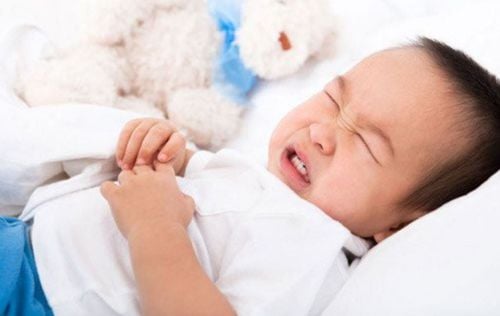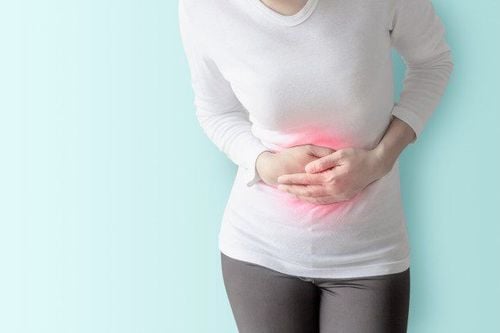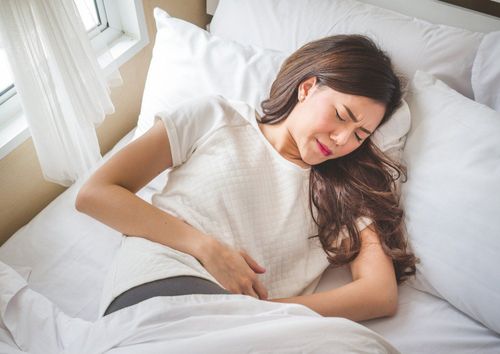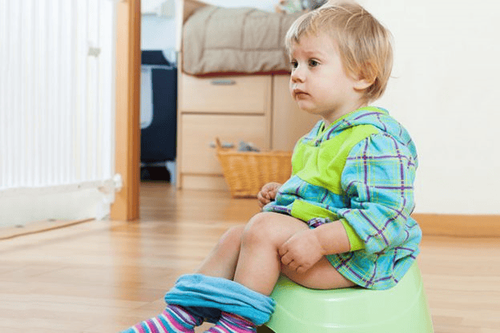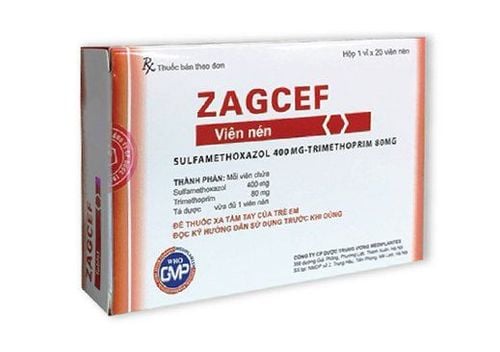This is an automatically translated article.
When we talk about bacteria, we usually think of places like the toilet, toilet or damp places. However, this article will surprise you because the items containing the most bacteria are the ones we come into contact with on a daily and regular basis.1. Mobile phone
Phones are inseparable from all of us, even in the bathroom. As a result, it can be 10 times dirtier than a toilet seat. In fact, it may have E. coli bacteria on it.
This is a bacteria that causes diarrhea and abdominal pain. It can live for hours on a warm surface like a phone. Always remember to always wash your hands with soap every day to avoid infection.
2. TV remote control
Everyone touches it, even the kid next door picks it up and picks it up. Sometimes it lies on the floor or gets stuck between the sofa cushions, which are filled with mold and bacteria. Remember to regularly use antibacterial wipes to clean them.
3. Computer keyboard and monitor
You usually have lunch when the computer keyboard is still in front of you. Or kids who are still playing with the computer and maybe just picking their noses,...... No wonder the computer keyboard is covered in germs. To improve, turn off your computer while you eat. Clean the keyboard with alcohol to clean around each key.
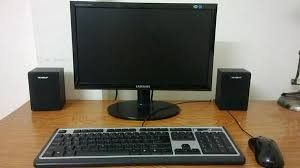
Vi khuẩn thường trú ngự trên bàn phím và màn hình máy tính
4. Dishwashing sponge
You will be surprised to find out that it is the dirtiest thing in the house. It is always in a wet state and is in contact with food and dirt all the time. Sponges are difficult to keep clean. So replace it when it starts to smell.
5. Toothbrush holder
Toothpaste can kill germs. But a lot of bacteria got on the bristles and dripped onto the holder. Therefore, the brush holder becomes the highest place for bacteria. Please clean it regularly to remove the plaque.
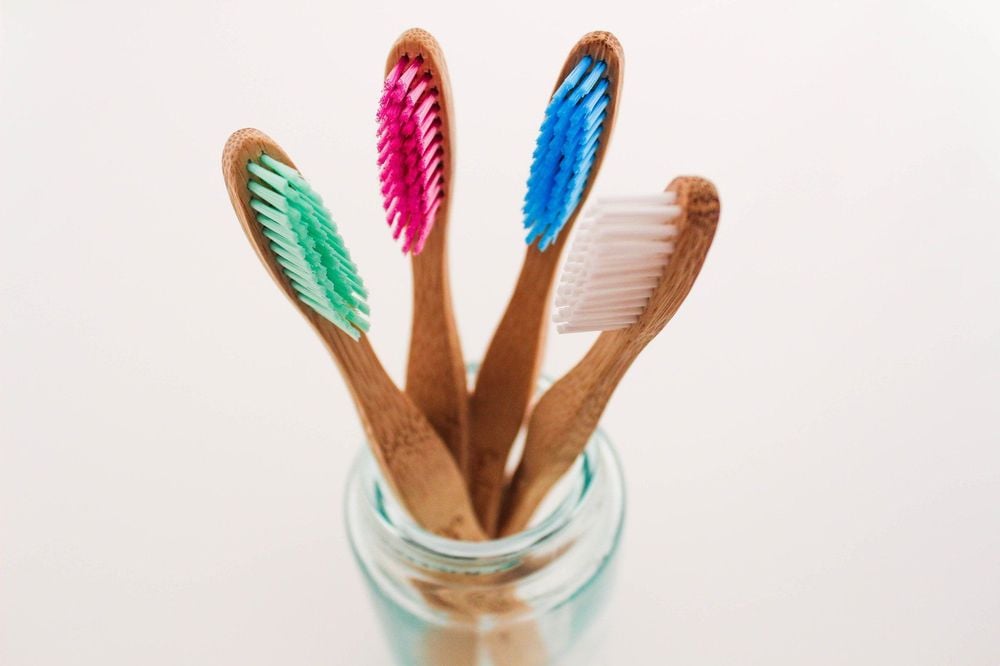
Thường xuyên vệ sinh giá đựng bàn chải đánh răng để ngăn ngừa vi khuẩn
6. Anything in the office break room
Microwave, refrigerator and faucet doors are all full of bacteria. The buttons are also not clean, even the coffee maker can be filled with yeast and mold. Wash your hands before and after you touch these devices. Rinse the coffee pots between uses and rinse them with vinegar once a month.
7. Pet toys
You may not hear the saying that a dog is cleaner than a human. In fact, it's not that they have fewer germs, and more worrisome is that when they nibble on an object, it can transfer bacteria and create a humid environment on the object. Clean rubber toys by hand or in the dishwasher.
8. Money
You touch money all the time with your hands full of germs and so do everyone else. The researchers found that most dollar bills contained about 3,000 types of bacteria.
Everything from the germs that cause acne to bacteria from people licking their fingers as they work out the bill. Remember to wash your hands after you handle the money.
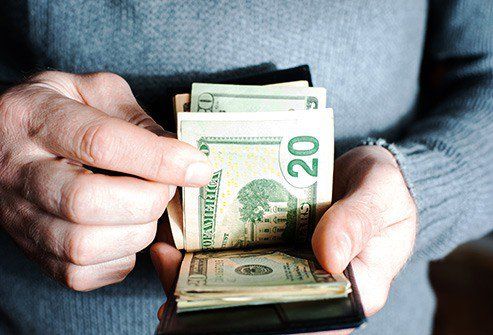
Vi khuẩn từ tiền có thể lây lan từ người này qua người khác
9. Coffee cup at the office
You fill it with coffee made from water in a tank filled with yeast and mold. Then you wash it with a dirty sponge filled with bacteria. Bring home the cups you drink coffee from at the office every day and rinse them out. Otherwise, you can use dish soap and paper towels if you clean it at work.
10. Laundry
You think a quick spin in the washer and dryer will get everything clean? The truth may not be like that. One study found that some viruses, including rotavirus, which cause serious stomach problems, made it past spin and dryer cycles. You can use bleach and don't skip drying time to reduce bacteria.
11. Your wallet
The wallet is in your hand at all times. But you rarely clean it. That allows bacteria to live inside it. The places where you keep your wallet are usually places like dirty counters, bathroom counters and car floors....
Replace it by hanging it on a hook when you can, and clean it with a washcloth. Antimicrobial.

Vi khuẩn có thể xuất hiện trên ví của bạn
12. ATM card
People from everywhere touch the buttons on the cash machines. Scientists in New York City have found bacteria left behind from foods like fish and chicken, bacteria from rotting plants and dairy products, and mold associated with spoiled baked goods. available on ATMs.
13.Shopping cart
These carts were filled with meat and then pushed away by hand. It can also be the ideal bird spot in the parking lot.... Those are the reasons why stroller handles and seats are often home to dangerous bacteria like E. coli , campylobacter and salmonella, all of which cause diarrhea. If your store provides wipes near the trolley, use them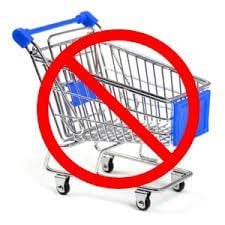
Giỏ hàng là vật dụng chứa nhiều loại vi khuẩn
14. Soap dispenser
Soap can still be contaminated from the container. If you wash with soapy bacteria, you'll transfer germs to anything you touch afterwards, even washing thoroughly and using paper towels to dry or using an air dryer can spread germs.
15. Kitchen towels
Wipes aren't just for drying dishes and for cleaning hands. Therefore wipes can be home to nasty things like salmonella or bacteria in the stool.
But if you regularly wash towels, these microorganisms will increase. Soaking them for 2 minutes in bleach is the best way to get rid of bacteria present in towels.
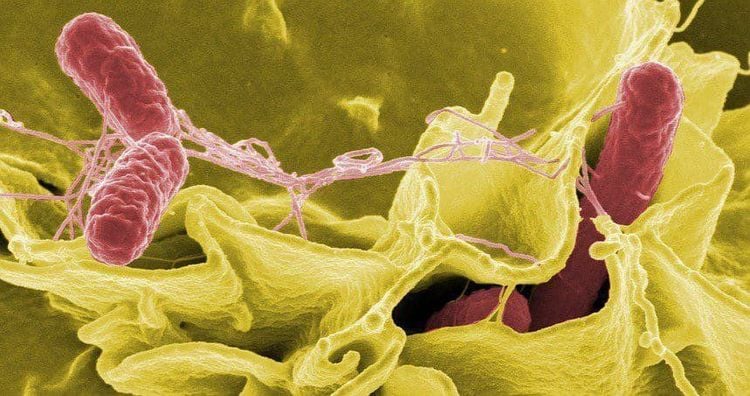
Trong khăn lau bếp chứa nhiều vi khuẩn salmonella
16. Birthday cake
Blowing birthday candles is fun, but do it alone. Because each person blowing into the cake can spread germs. One study found it increased the number of bacteria on the surface of cakes by up to 1,400%.
Please dial HOTLINE for more information or register for an appointment HERE. Download MyVinmec app to make appointments faster and to manage your bookings easily.
Article reference source: webmd.com



